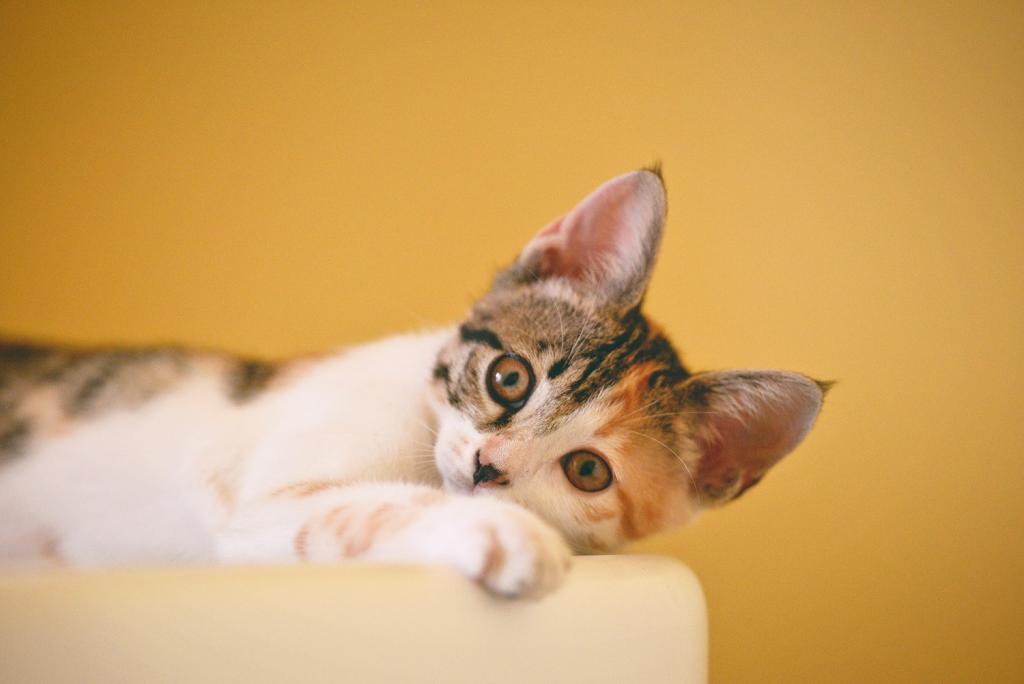News
Orchard Vet's Blog
FLUTD in Cats
24/02/2023

Feline lower urinary tract disease
Feline urinary tract disease (FLUTD) is a term used to encompass a number of conditions that affect the bladder and urethra including cystitis, bladder stones and urinary tract infections. For around half of all young to middle-aged cats, a cause for the urinary tract disease cannot be easily identified. Once other potential causes have been ruled out, vets will usually term the condition ‘Feline Interstitial Cystitis’ or FIC.
What is FIC?
Vets are increasingly open to recognising that our companion animals’ health depends, often to a great degree, on their psychosocial well-being. There has been a clear link between stress and cystitis in cats. We now know that the protective bladder lining can become patchy when a cat is experiencing anxiety.
Episodes of FIC tend to follow a familiar pattern
Lower urinary tract signs tend to occur
There is an association with environmental stress or change
Episodes tend to decrease in frequency as the cat gets older
Numerous therapies have been used to curtail the episodes once they have started. However because episodes of FIC only seem to last a week or two regardless of treatment, it is hard to be sure of what is working. During an active episode, all we do is manage the cat’s urinary pain and get started on managing the environmental stress that triggered the condition in the first place.
A word of caution!
Male cats can develop a urinary obstruction from the mucus and crystals associated with this condition. If your cat is male, it is crucial to be sure he is able to urinate and if there is any question about that, he should be taken to the vet immediately.
Preventing future episodes
Making adjustments to the cat’s environment and daily lifestyle is often the most important factor in managing FIC. Stress can be minimised by allowing choices for the cat in terms of areas for playing, resting, eating and toileting. Just providing more toys is unlikely to be adequate for cats with FIC. Most of the time the cat in question needs a private area for ‘me time’ (separate feeding, rest and/or toileting area). Hiding places should always be available, and this can be as simple as providing a cardboard box. Stressed cats also enjoy the ability to get up high. Accessible shelves in the home and other elevated resting areas are recommended. Scratching posts should always be available and special attention should be paid to the litter tray area.
The perfect litter tray
There should be a litter tray for each cat, plus one extra ideally.
Litter trays should be located in well-ventilated areas and should be kept clean. Trays should be washed out weekly with a minimally scented detergent.
Unscented clumping litter seems to be best
If there is more than one floor in the home, there should be a tray on each floor
Litter trays should be private enough that other animals will not be bothering the cat and loud appliances will not startle the cat during litter tray use
Is there anything else that can be done?
Increasing water consumption is frequently recommended to decrease future episodes of FIC.
Some cats may benefit from medication and/or supplements for anxiety.
If your cat does not seem to fit the picture or there has been no obvious stressor at home, keep in mind the FIC diagnosis that can only be reached when other tests are negative. Always consult your vet to ensure all the relevant diagnostic tests have been performed.
Dr Sarah Elliot BVetMed MANZCVS (Feline Medicine) MRCVS for the Cats Protection Summer 2020 publication
